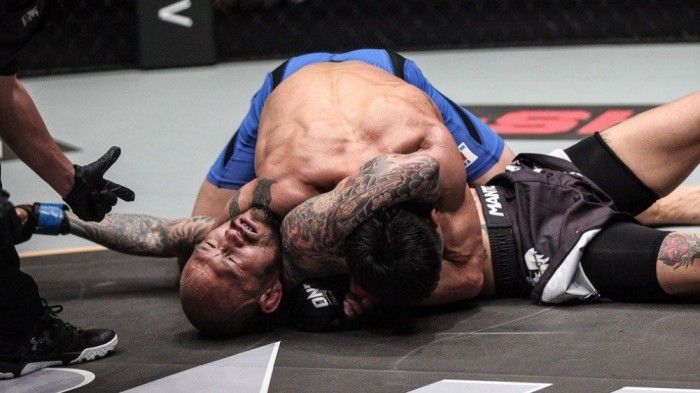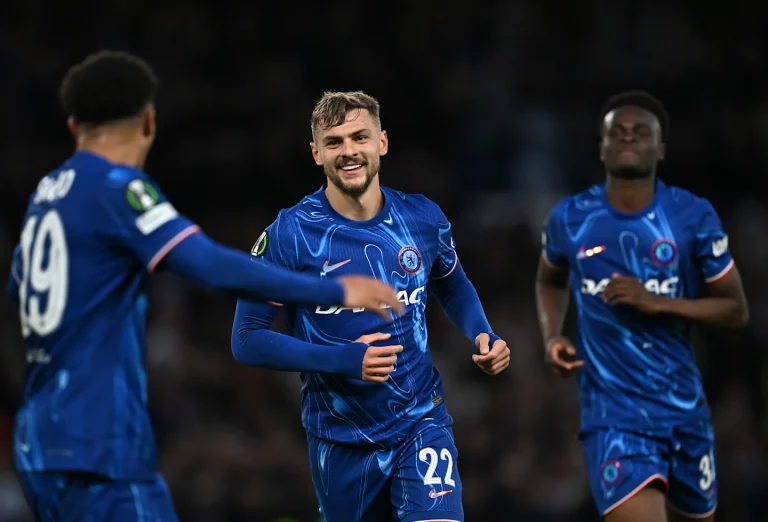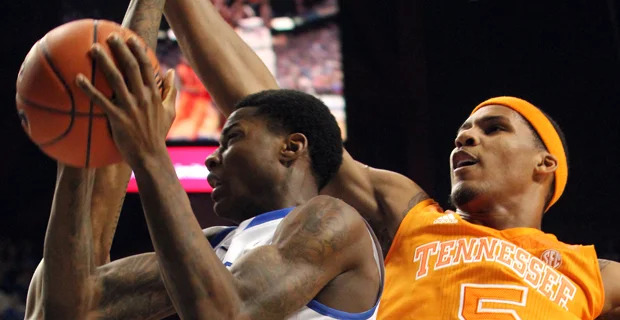
Table of Contents
Key Takeaways:
- A recent PFL bout sparked significant debate over a controversial referee stoppage due to a supposed low blow.
- The decision allowed a visibly wobbly fighter to recover, altering the immediate outcome of the fight.
- This incident highlights the critical role of PFL referee decision-making and its impact on combat sports integrity.
The world of mixed martial arts thrives on raw action, unpredictable moments, and the unyielding spirit of its athletes. However, a recent incident in the Professional Fighters League (PFL) has ignited a fervent discussion, centering on a controversial referee stoppage that arguably saved a fighter from a sure knockout. This PFL Low Blow Controversy has left fans, analysts, and fighters alike questioning the application of MMA rules and the subjective nature of official calls.
The Heart of the Controversy: A Dubious Stoppage
During a pivotal moment in a recent PFL card, a fighter appeared to be on the verge of being finished after absorbing a series of powerful strikes. The fighter was visibly wobbly, reeling from the impact, and struggling to maintain composure. Just as the opponent seemed poised to land the decisive blows, the referee inexplicably stepped in, waving off the action and signaling for a low blow.
The immediate reaction from spectators was a mix of confusion and outrage. Replays quickly showed that while the strike may have grazed a debatable area, the severity of the reaction and the fighter’s dazed state seemed more consistent with a legitimate head or body shot. Regardless, the call stood, granting the compromised fighter a much-needed reprieve and precious time to recover.
The Impact on Fighter Recovery and Momentum
In combat sports, momentum is a tangible force. When a fighter has their opponent hurt and is pressing for a finish, any interruption can drastically shift the tide of the fight. In this PFL Low Blow Controversy, the pause effectively acted as an unplanned timeout for the wobbly fighter. What might have been a quick knockout became a recovery period, allowing them to regain their equilibrium and potentially continue the fight.
This scenario raises important questions about fairness and competitive balance. Should a referee’s subjective interpretation of a foul, especially one that is ambiguous on replay, directly influence the outcome of a fight to such a significant degree? The opposing fighter, who had invested considerable energy and strategy into creating that finishing opportunity, saw their hard work neutralized by a whistle.
Navigating MMA Rules and Referee Discretion
The PFL referee decision in this instance has put a spotlight on the inherent challenges of officiating fast-paced, high-stakes combat. MMA rules regarding low blows are designed to protect fighters from illegal strikes to vulnerable areas. Typically, if an accidental low blow occurs, the fouled fighter is given up to five minutes to recover. However, the discretion of the referee is paramount in determining if a foul actually happened and if the fighter’s reaction is genuine.
Some argue that referees are in a difficult position, needing to make split-second decisions in the heat of the moment. [ “The Role of Referees in MMA“. However, critics contend that clear and obvious fouls should be distinguished from borderline incidents, especially when the fighter’s condition suggests a legal blow was landed. The concern isn’t merely about this one incident, but about the precedent it sets for future fights and the potential for abuse of such rules.
Upholding Combat Sports Integrity
Ultimately, the integrity of combat sports rests on the perception of fair play. When controversial stoppages occur, they chip away at that trust. Fans want to see decisive, legitimate finishes, and fighters want to compete under consistent and equitable officiating. Incidents like the recent PFL Low Blow Controversy necessitate a review of officiating protocols and perhaps clearer guidelines for managing ambiguous situations.
The Professional Fighters League, like all major promotions, has a responsibility to ensure that its contests are decided by skill, strategy, and legitimate strikes, not by questionable pauses. “MMA officiating standards“. While the exact impact of this specific low blow call on the overall outcome of the fight can be debated, its impact on the narrative and the discussion around officiating is undeniable. As MMA continues to grow, maintaining stringent standards for refereeing will be crucial for its sustained success and credibility.
FAQs
1. What exactly happened in the PFL low blow controversy?
A PFL fight saw a fighter appear to be significantly hurt from a strike that was subsequently ruled a low blow, leading to a pause in the action. This pause allowed the wobbly fighter to recover, ultimately preventing a potential knockout.
2. Why was the referee’s decision to pause the fight controversial?
The controversy stems from whether the strike was indeed a low blow and if the fighter’s reaction warranted the full recovery time, especially given their dazed state, which some argued was more indicative of a legal strike.
3. How do low blow rules generally apply in MMA?
In MMA, intentional low blows are illegal and can result in points deductions or disqualification. Accidental low blows typically lead to a pause in the fight, allowing the fouled fighter up to five minutes to recover. The referee’s judgment is crucial in determining the nature and severity of the foul.






